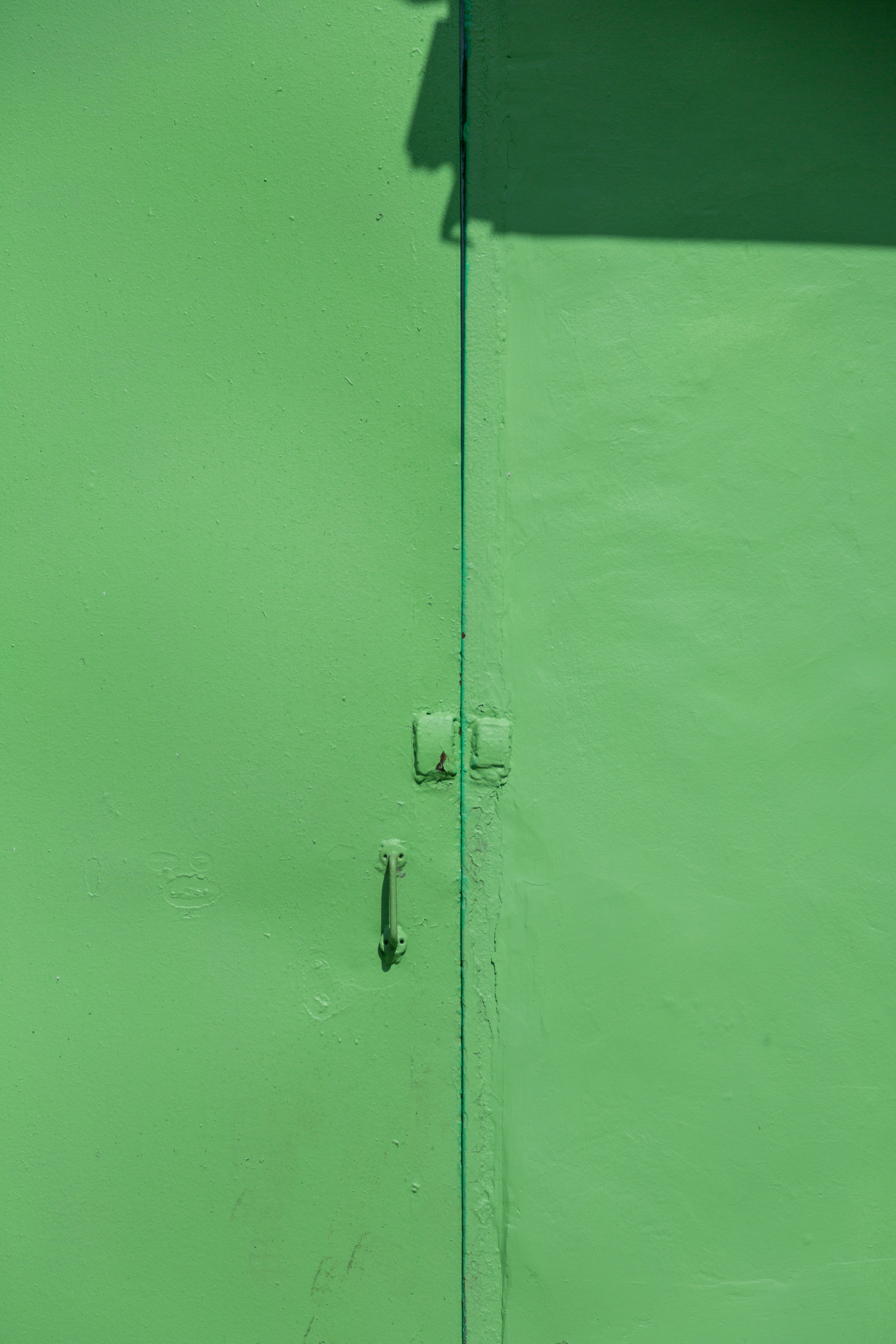Key Factors to Consider When Adjusting Your Pricing Strategy

Avoiding Hotel Revenue Management Mistakes: Metrics That Matter
Now more than ever, the success of a hotel depends on the details. Focusing only on the bottom line is not enough. During lean times, hotels need a clear vision and a strong focus on customer experience to remain impactful and competitive. Unfortunately, many properties lose this vision in corporate structures or abandon it altogether due to uncertainty in today’s market.
One way to bring clarity back is by gauging the effectiveness of revenue management strategies through key performance indicators (KPIs).
Why Mistakes Happen in Hotel Revenue Management
Not all errors are avoidable. Some stem from unpredictable circumstances, while others come from limited experience or the complexity of modern hospitality technology. Constant changes make it difficult to stay in full control.
The good news? Automation can reduce human error.
Automated revenue management systems (RMS) like Pricepoint absorb market intelligence, analyze competitor activity, and adjust pricing automatically. This ensures your rates are competitive across all channels, segments, and regions — without requiring manual oversight.
By aligning adjustments with market shifts, hotels gain clarity, precision, and speed in their pricing strategies.
Common Mistakes Hotels Should Avoid
1. Ignoring Channel Costs
Managing revenue without accounting for acquisition costs can be disastrous. If you don’t factor in commissions or marketing spend, you won’t know whether a reservation is profitable. Understanding channel profitability is critical to choosing the right distribution partners.
2. Failing to Measure the Impact of Pricing
Price changes shape guest perception. Without monitoring the impact on demand, you risk attracting the wrong segment or devaluing your property.
3. Assuming Lower Prices Always Drive Demand
A discount doesn’t always equal more bookings. Some guests may not be price-sensitive, while others might perceive lower rates as lower quality. The right approach is to analyze demand data and monitor how your market responds to changes.
The Metrics That Matter
Many hoteliers believe boosting occupancy is the goal. In reality, focusing on occupancy alone can hurt profitability. Instead, revenue managers should track:
- RevPAR (Revenue Per Available Room): Measures how well you’re filling rooms at the right rate.
- GOPPAR (Gross Operating Profit Per Available Room): Goes further by considering operating costs to show true profitability.
These metrics give a clearer picture of how well your strategies are working and whether you’re maximizing returns.
Automation as the Solution
The hospitality industry is too fast-paced and unpredictable for manual strategies alone. Automated revenue management systems powered by AI and machine learning—like Pricepoint—help hotels:
- Monitor demand in real-time.
- Adjust pricing instantly across OTAs and direct channels.
- Make data-driven decisions to optimize RevPAR and GOPPAR.
Final Thought
Mistakes in revenue management are costly, but most can be avoided with the right data and the right tools. Automation ensures fewer errors, stronger resilience, and better long-term profitability in today’s disrupted hospitality market.
✍️ Wyatt Niblett-Wilson, Marketing Coordinator





